Introduction
Agency D embarked on the Document Management System Project with the goal of enhancing its IT infrastructure and streamlining services. However, the project encountered significant delays due to several factors, including poor project management, inadequate testing procedures, escalating vendor costs, and diminished confidence in the project team. This case study details the actions taken to rescue the project, confront its challenges, and ensure its triumphant completion.
Challenges Encountered
1. Lack of Effective Project Management:
The absence of efficient project management resulted in unclear objectives, undefined milestones, and a lack of accountability, leading to disarray and project delays.
1. Lack of Effective Project Management:
The absence of efficient project management resulted in unclear objectives, undefined milestones, and a lack of accountability, leading to disarray and project delays.
2. Inadequate Testing Procedures:
Inadequate testing protocols and quality assurance processes led to the deployment of software plagued by numerous bugs and errors, hindering progress and eroding stakeholder trust.
2. Inadequate Testing Procedures:
Inadequate testing protocols and quality assurance processes led to the deployment of software plagued by numerous bugs and errors, hindering progress and eroding stakeholder trust.
3. Escalating Vendor Costs:
Ineffective vendor management and insufficient oversight caused project costs to spiral, placing a strain on finances and casting doubt on the project's sustainability.
3. Escalating Vendor Costs:
Ineffective vendor management and insufficient oversight caused project costs to spiral, placing a strain on finances and casting doubt on the project's sustainability.
4. Doubts About the Project Team:
Stakeholders and decision-makers lost faith in the project team's ability to deliver desired outcomes, resulting in heightened scrutiny and reluctance to allocate additional resources.
4. Doubts About the Project Team:
Stakeholders and decision-makers lost faith in the project team's ability to deliver desired outcomes, resulting in heightened scrutiny and reluctance to allocate additional resources.
Rescue Measures Taken
1. Project Management Revitalization:
- Appointed an experienced project manager to provide strong leadership and ensure adherence to project timelines and milestones.
- Formulated a comprehensive project plan with clearly defined objectives, deliverables, and timelines.
- Implemented robust project tracking and reporting mechanisms to proactively monitor progress and address issues.
2. Enhanced Testing and Quality Assurance:
- Conducted a thorough review of testing procedures to identify gaps and areas for improvement.
- Introduced an updated testing strategy that encompassed rigorous test plans, automated testing tools, and a dedicated testing team.
- Implemented a quality assurance framework to guarantee the delivery of high-quality software and mitigate the risk of future errors.
3. Vendor Management and Cost Control:
- Conducted a comprehensive audit of vendor contracts and successfully renegotiated terms to optimise costs.
- Enforced stricter vendor performance evaluation and monitoring mechanisms.
- Implemented a robust vendor management system to facilitate transparent communication, timely deliverables, and cost control.
4. Rebuilding Stakeholder Confidence:
- Established open lines of communication with stakeholders to comprehend their concerns and address them directly.
- Organised regular progress updates and demonstrations to showcase tangible improvements and regain trust.
- Nurtured a culture of transparency and accountability within the project team, ensuring prompt communication of challenges and progress.
Outcomes and Conclusion
The efforts to rescue the Agency D Document Management System Project yielded significant enhancements and ultimately culminated in its successful completion. Key outcomes include:
1. Streamlined Project Management:
The project benefited from clearly defined objectives, well-established milestones, and effective oversight, enabling improved resource allocation and progress tracking.
1. Streamlined Project Management:
The project benefited from clearly defined objectives, well-established milestones, and effective oversight, enabling improved resource allocation and progress tracking.
2. Enhanced Testing Procedures:
Implementation of improved testing strategies and quality assurance processes resulted in the delivery of high-quality software, minimising post-release issues.
2. Enhanced Testing Procedures:
Implementation of improved testing strategies and quality assurance processes resulted in the delivery of high-quality software, minimising post-release issues.
3. Vendor Cost Optimization:
Effective vendor management and contract renegotiations led to better cost control, alleviating financial strain and ensuring optimal resource allocation.
3. Vendor Cost Optimization:
Effective vendor management and contract renegotiations led to better cost control, alleviating financial strain and ensuring optimal resource allocation.
4. Restored Stakeholder Confidence:
Transparent communication, regular progress updates, and tangible improvements rebuilt stakeholder trust and confidence in the project team.
4. Restored Stakeholder Confidence:
Transparent communication, regular progress updates, and tangible improvements rebuilt stakeholder trust and confidence in the project team.

